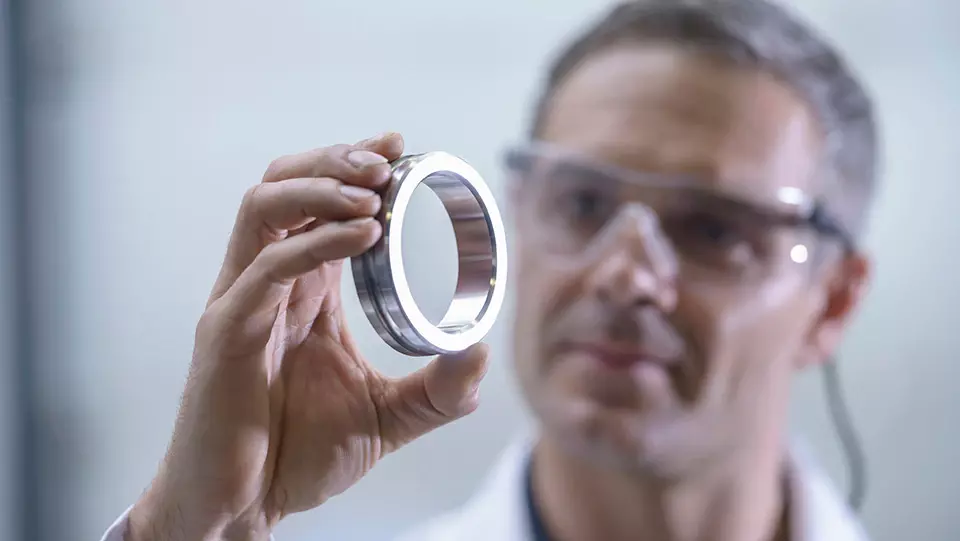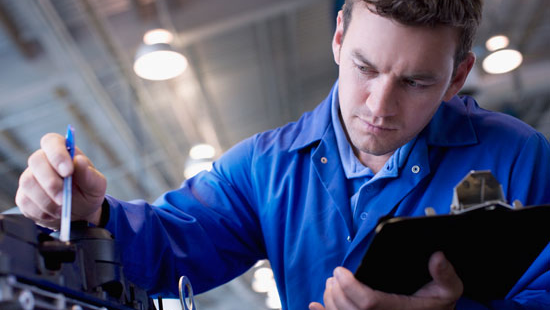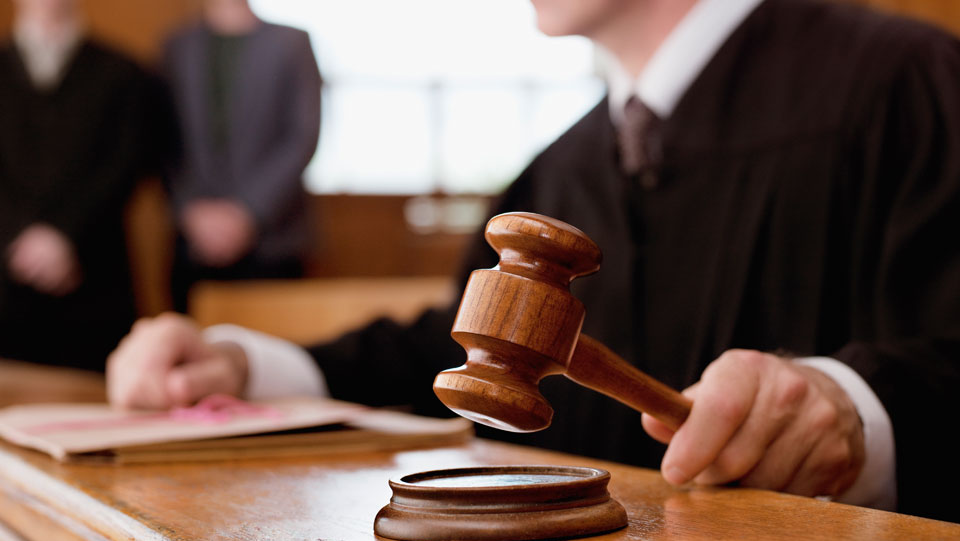Product Life Cycle Risk Management
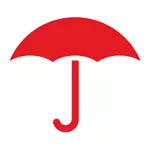
Whether providing a product or a service, your company establishes its reputation based on quality, performance, pricing, timeliness and many other factors. What you seek to avoid is customer dissatisfaction, whether that involves a poor design, replacement of products, repairs or payments as the result of harms caused. A well-designed, reliable and safe product is a customer expectation, and it is one that you seek to meet.
From product conception to completion and its final disposal, your product’s life cycle has three natural phases — pre-production, production and post-production — all of which provide opportunities for building in safety and quality, but also open the door for potential liabilities.
Here is a model of a typical product life cycle:
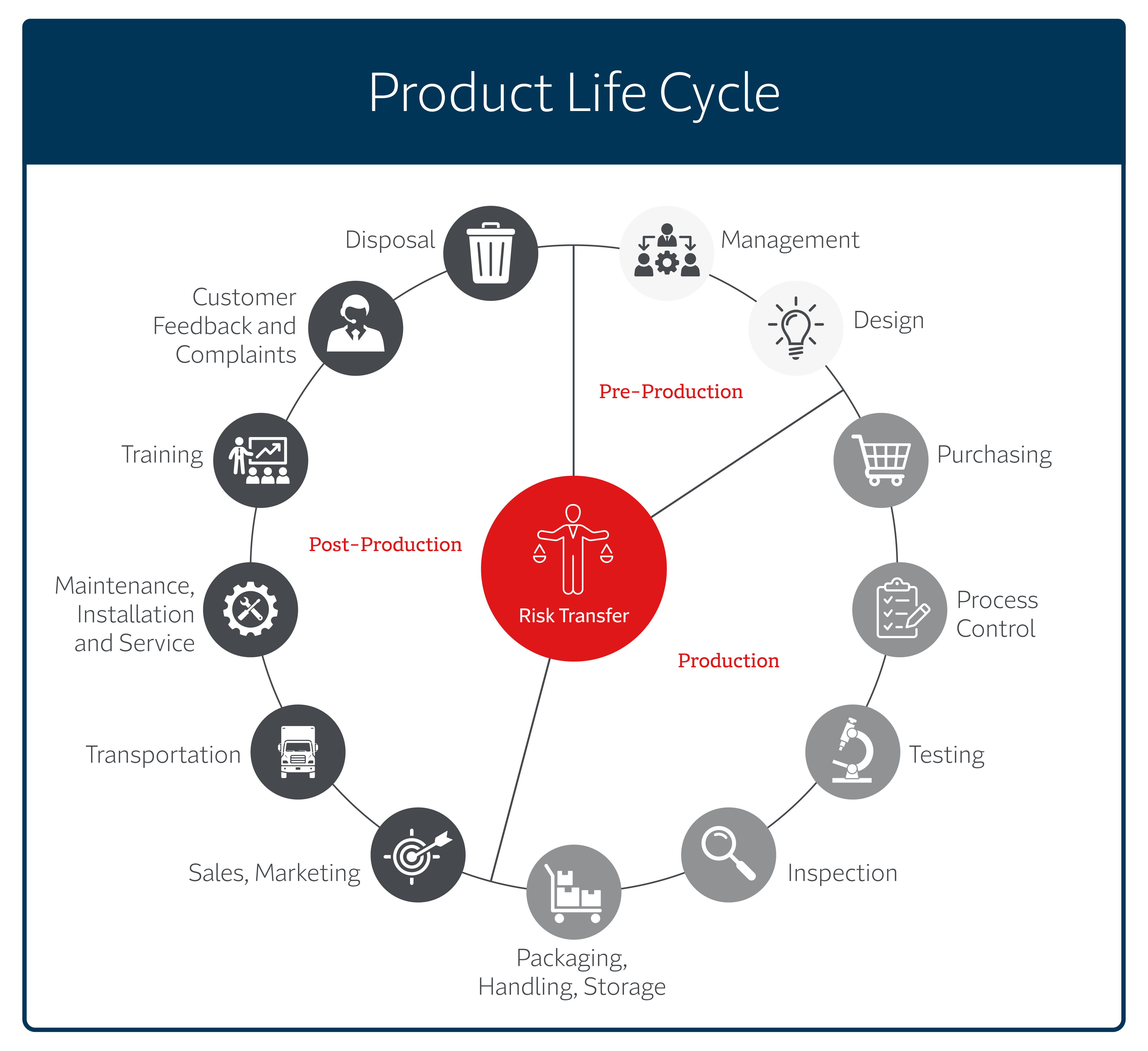
Pre-production
During the pre-production phase, strive to design safety and quality into the product. It is important that required safety standards are understood and fully met. Voluntary standards, often associated with certain types of products or industries, should also be contemplated in designs.
Production
The production phase offers a company the opportunity to ensure that a product is properly constructed through controlled processes, with appropriate testing, inspection, packaging and storage.
Post-production
Once a product is manufactured and released, opportunities remain to protect the integrity of your product. However, as your product moves into its usage phase, this could be the longest cycle – possibly lasting years. In the sale and marketing of your product, instructions should be clear to promote safe usage, and should include warnings against hazards and misuse.
View customer feedback as an opportunity to fine-tune and improve products and related services. Provide clear disposal and recycling information for when a product reaches the end of its life cycle.
Thoughtful design, quality-driven manufacturing and customer-centric delivery best practices can help to protect your company. At Travelers, we work with companies that span a broad spectrum of industries, and we share the insights we gain with our customers every day. While product liability may seem a complex threat, protecting your company can simply begin with careful consideration of the five steps for product liability protection.
